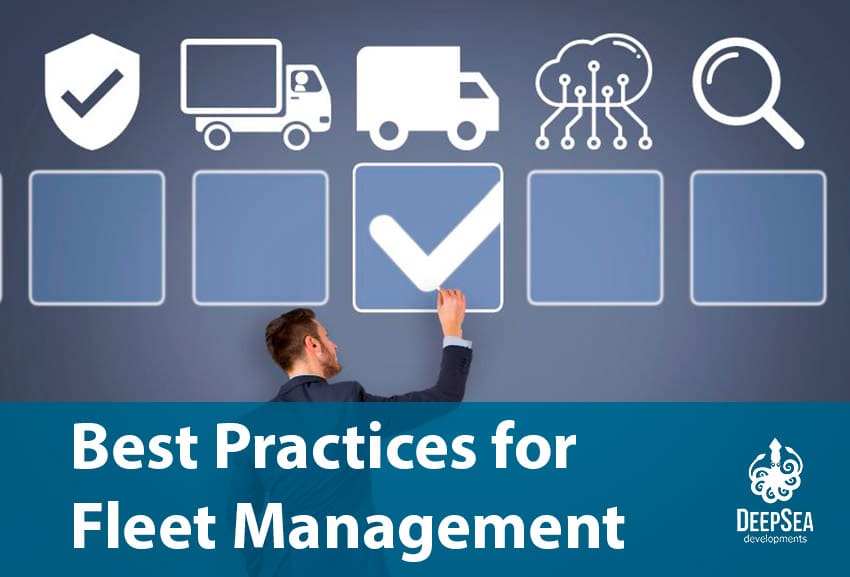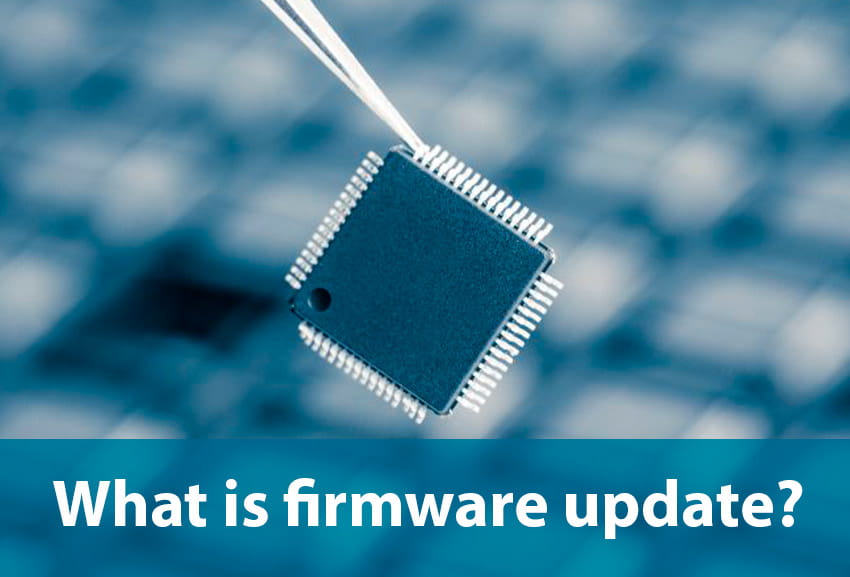If you work on logistics, and you are looking for the best practices for fleet management, continue reading this article, since they will be crucial for ensuring a proper operation of your fleet.
Improving fleet management
Nowadays, companies are reaching new levels of operational efficiency thanks to the inclusion of new technologies. In this case, the Internet of Things is the protagonist of this transformation.
If you wonder what we are talking about, it is IoT fleet management, which provides logistics companies with new features and capabilities in the market. However, there are some fleet management best practices that need to be addressed to take advantage of the IoT’s full potential.
That’s why we will present you 7 best practices for fleet management:
1. Align goals across all operations
It may sound obvious, but companies need to define clear goals once the fleet device is installed in each truck.
Set measurable goals such as cost reduction, optimized service times, enhanced vehicle utilization, compliance automation, and improved safety.
2. Smart goals for fleet managers

Setting Specific, Measurable, Achievable, Realistic, and Timely (SMART) goals is essential. Today we are exposed to tons of data, but this information won’t be fully used if we don’t know what part of it we need for improving our operations.
SMART goals are crucial for fleet managers, if they want to see an improvement in their operations, they should focus on this:
Route optimization:
Reduce mileage and fuel consumption by optimizing routes, thus lowering operational costs.
Few companies really care about route optimization, and this goal may sound difficult to achieve, but thanks to data collected from IoT trackers, a lot can be done in this area.
Eco-friendly practices:
Establish targets to reduce carbon emissions, promoting environmental responsibility. Or another strategy could be to think about using electric cars.
Fuel consumption:
Decrease fuel consumption by 10% through route optimization within six months.
Maintenance costs:
Achieve a 15% reduction in maintenance costs by the end of the fiscal year.
Asset management:
Increase asset utilization to 90% by implementing real-time monitoring and efficient scheduling of the fleet.
Security:
Enhance driver safety by reducing instances of harsh braking by 20% over the next quarter. In this case, the fleet tracking device provides data related to braking patterns of the driver throughout the day.
Capabilities of the drivers:
Implement driver training programs to reduce accident rates to 20% within 2 months.
3. Monitor vehicles across life cycle
It is necessary to track vehicle health metrics consistently. This way the fleet manager will be able to implement preventive maintenance programs tailored to each vehicle, and maintain daily vehicle inspection reports for performance insights.
This practice can be perfectly complemented with an IoT predictive maintenance system.
4. Embrace fleet management software
IoT dashboards are great because they help fleet managers to visualize all data on a single platform (see firmware vs software). Instead of relying on manual processes, it’s better to gain control and visibility with centralized data:
- Energy / fuel consumption
- Speed monitoring
- Braking patterns
- Real-time location
- Vehicle performance
- Estimated time of arrival
- Among others
5. Data-driven decision making
The collected data needs to be analyzed. Thanks to a well done analysis, informed decisions can be made, and the fleet operations will be better.
This best practice for fleet management is crucial for ensuring a higher level of efficiency and competitiveness in the market.
6. Driver empowerment and safety
Fleet management requires constant communication between the drivers and the fleet managers. The data collected thanks to the IoT devices will be useful for letting the drivers know how they can improve their driving performance, or efficiency throughout the routes.
Certainly, there must be good incentives and training to motivate drivers collaborating with the managers. Ensure drivers adhere to safe practices, minimizing legal and financial risks.
7. Budget and total cost of ownership
The last vehicle fleet management best practice has to do with budget, and total cost of ownership for the vehicles.
Consider both fixed and variable costs, estimate the total cost of ownership (TCO) for the vehicles of the company, and use it as a baseline metric for future strategy and optimization of the fleet operations.
If you want to take your fleet management operations to the next level, consider the best practices recommended in this article. Of course, there won’t be great results if there isn’t a good platform and a tracking device that supports the operations of the fleet.
DeepSea Developments and fleet management
We are IoT product design and development consultants, and we can help startups and companies to design and develop products for fleet management. In fact, we built a fleet tracking device that aims to improve operational efficiency of logistics companies. Click on the button below to know more.





